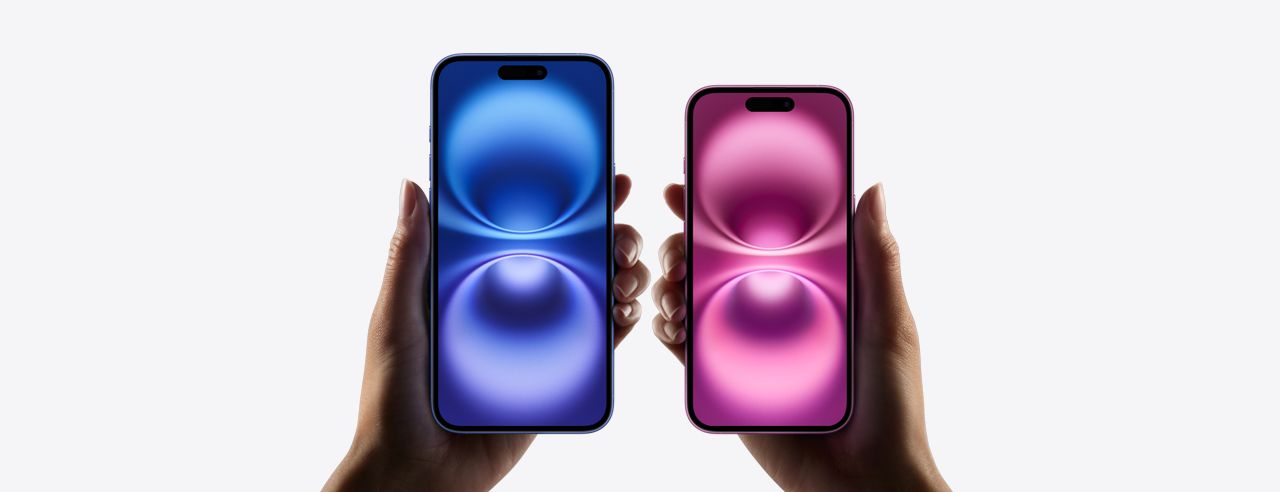In a bid to make the iPhone 16 series more repair-friendly, Apple has introduced a new battery removal process that is set to change the game for DIY repairs and professionals alike. This innovation simplifies what was once a complicated task, making it safer and more accessible for users looking to replace their batteries themselves.
Traditionally, iPhones have used adhesive pull strips to hold the battery in place, a method that was often cumbersome and required precision to avoid damaging the device. However, the iPhone 16 and iPhone 16 Plus feature a new adhesive that debonds when a low-voltage electrical current is applied. This new approach makes battery removal faster and less risky for the user.

How the New Battery Removal Process Works
With the iPhone 16, Apple has replaced the old pull tabs with an adhesive that responds to an electrical current. To remove the battery, all users need to do is apply a low-voltage current—as low as 9 volts—to specific points on the battery. The adhesive holding the battery in place will debond within approximately 90 seconds, allowing for easy and safe removal. Some testers, like those at iFixit, managed to perform this removal in under 60 seconds using a 12-volt battery, showcasing the flexibility of this method.
This process eliminates the frustration of dealing with fragile adhesive strips, making it easier for users to replace their batteries without risking damage to other components inside the iPhone. This is a significant improvement over previous iPhone models, where battery replacement was a daunting task due to the risks associated with removing tightly glued components.
Also Read- How To Use The Camera Control On iPhone 16 Models: A Step-By-Step Tutorial
Why This Change Matters
Apple’s shift towards user-friendly repairability is part of a broader trend, likely influenced by global right-to-repair movements and recent EU regulations pushing for more repairable devices. The iPhone 16 now boasts a 7/10 repairability score from iFixit, the highest ever for an iPhone, thanks in part to this easier battery removal process.
Here are a few reasons why this is a game-changer:
- Faster Repairs: The new process significantly cuts down the time required to remove and replace the battery, making it quicker and easier for both professionals and users.
- Safer Handling: The use of low-voltage electrical currents to remove the battery minimizes the risk of damaging the device or the battery itself, which could cause overheating or fire hazards in extreme cases.
- Easier Access to Components: This improvement is part of a larger redesign of the iPhone 16’s internals. For instance, other components like the USB-C port, Taptic Engine, and speakers are easier to access after the battery is removed, making repairs more seamless.
- Sustainability: The iPhone 16’s repair-friendly features align with Apple’s broader environmental goals of reducing electronic waste. Easier repairs mean users are more likely to fix their phones rather than replacing them, extending the lifespan of devices and reducing waste.
A Step Towards Better Repairability
In addition to the innovative battery removal method, the iPhone 16 features other design improvements aimed at enhancing repairability. For example, users can now disassemble the iPhone from both the front and back, making it easier to access components depending on the repair. Moreover, the iPhone 16 Pro models feature a steel-encased battery for added safety during repairs, further showcasing Apple’s commitment to making their devices safer and easier to service.
As Apple continues to respond to consumer demands for more repairable devices, the iPhone 16 sets a new standard for smartphone maintenance and repairability, allowing users and technicians to work on devices with greater confidence and efficiency.
Final Thoughts
The new battery removal process in the iPhone 16 is a welcome improvement for anyone who has ever struggled with DIY repairs or expensive third-party services. By leveraging electrically-induced adhesive debonding, Apple has made it simpler, safer, and quicker to replace batteries, marking a significant step towards more user-friendly and sustainable technology.
This move not only enhances the repairability score but also demonstrates Apple’s willingness to innovate in areas that directly benefit consumers. With this new method, iPhone users can expect faster, safer, and more accessible repairs for years to come.






































